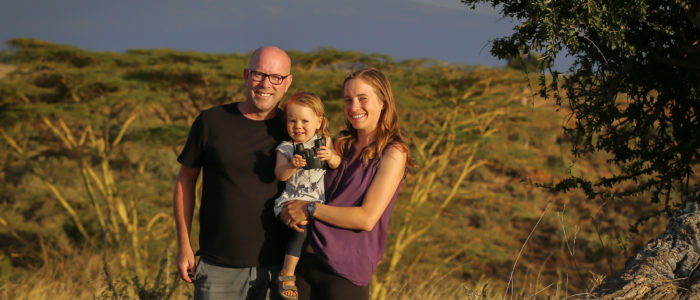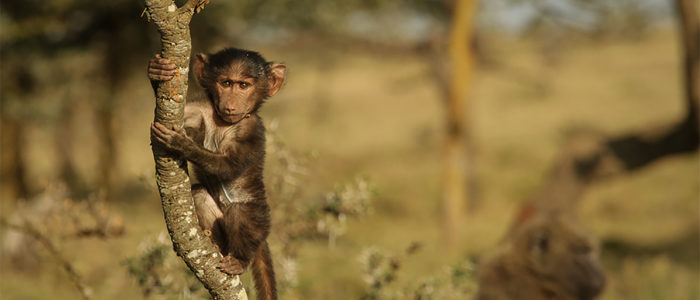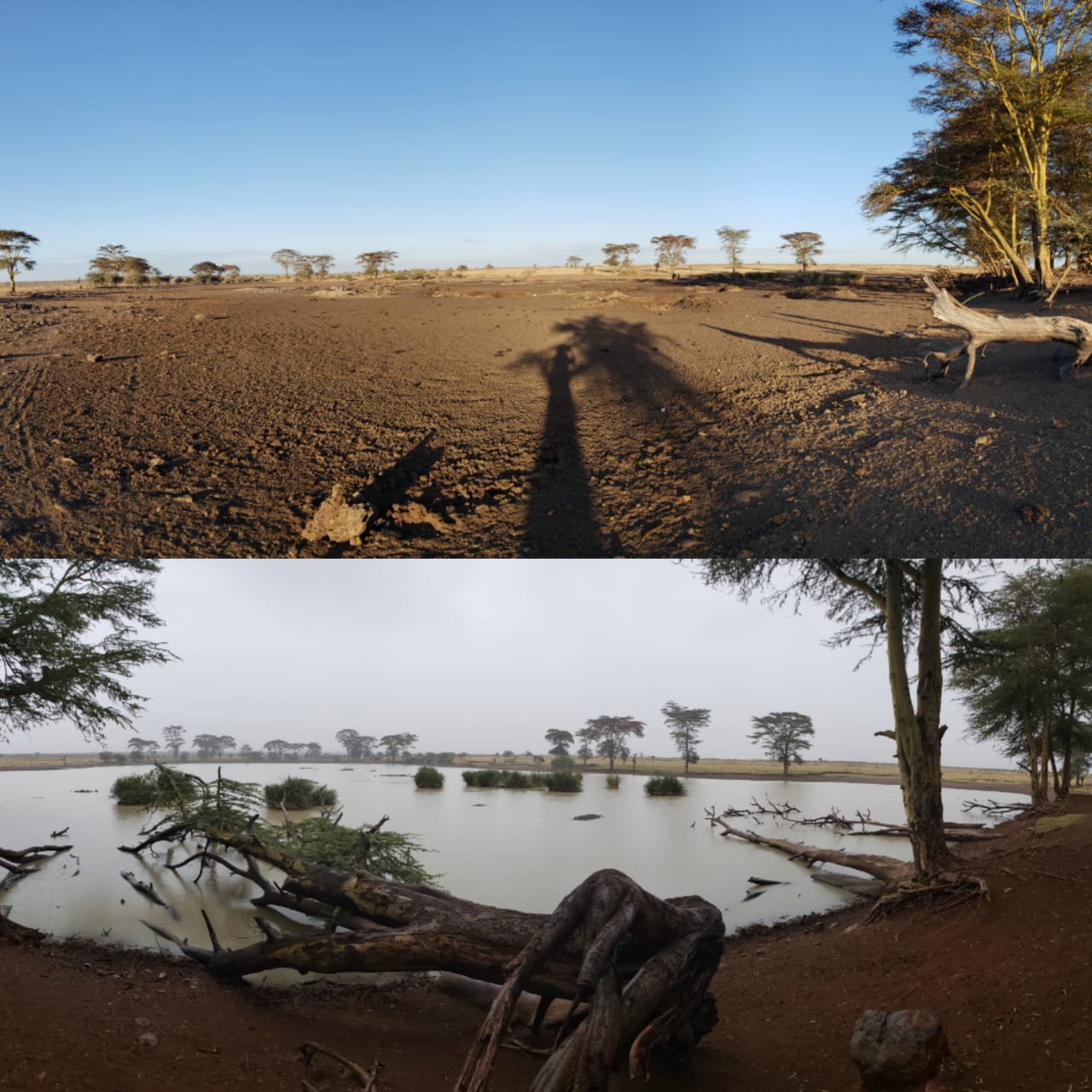 Hi, I’m Jim and I’m an RHA educator. I’m currently living in Kenya with my family for the next 18 months while my wife and I collect data for her doctoral dissertation on olive baboons. I’ll be guest blogging for RHA while I’m in Kenya to share our family’s own experiences with water use and conservation and discuss what we learn about specific water issues that Kenyans face.
Hi, I’m Jim and I’m an RHA educator. I’m currently living in Kenya with my family for the next 18 months while my wife and I collect data for her doctoral dissertation on olive baboons. I’ll be guest blogging for RHA while I’m in Kenya to share our family’s own experiences with water use and conservation and discuss what we learn about specific water issues that Kenyans face.
With the help of Lauren Theis, the Director of Education at RHA, we have partnered with a with school in NJ so that students from the US and Kenya can connect and share their experiences and issues around water. We have already connected with our NJ and Kenyan schools and they are pumped!
For this first post, I’d like to introduce you to where we live. We live on a wildlife preserve, in Laikipia county in central Kenya. We sit at 1754 m (5754 ft) and are surrounded by savanna grassland and acacia shrub land. We can clearly see Mt. Kenya to the east. The average yearly temperature high is 24 C (75 F) and low 9 C (48 F). The average rainfall is 700 mm (27.5 in) and falls mostly in two rainy seasons. January and February are the driest months–it hasn’t rained at all in the last month.

As you would expect, there is a lot of wildlife here. The baboon groups we study are an hour by off road drive away, and when we’re traveling there and back, it isn’t uncommon to see: elephant, gazelle, impala, giraffe, zebra, ostrich, and warthogs. There are also hyena, lions, patas and vervet monkeys, and so many birds. We’re very lucky to be living and studying where we are, but we also have to be very cautious and respectful of all the different wildlife.

This second image is a comparison of Thome B dam—both full and drained of water. The time difference of the water levels is only two months—just after a wet season and during a dry season. Thome is the Samburu (a local semi-pastorlist tribe) word for elephant. This is one of the preferred sleep sites of the baboons we study and also a source of water for many local people. Of course elephants and many other animals are regular visitors. In the dry season, the dam will completely dry up and local people will start digging near the dam to reach water. They will guard their wells day and night to protect their water source.
I look forward to sharing more in the coming months as we get to know the area better and connect with people in our community while we discuss different water issues.
Stay tuned for more posts by Jim as he shares with us his experiences of living with his family in Kenya.
